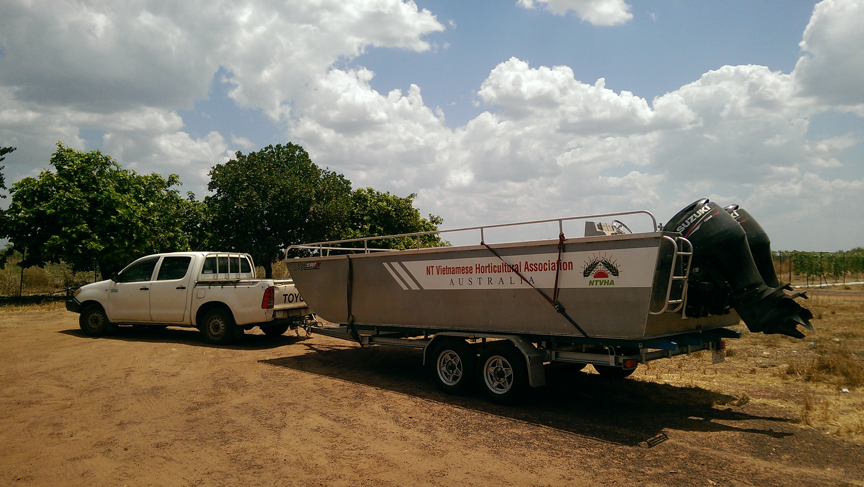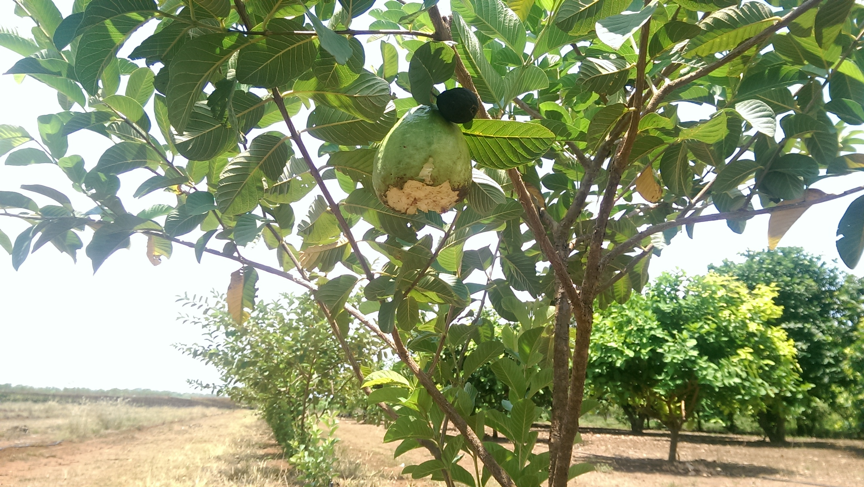Researcher: Tam Duong
Organisation: Charles Darwin University, Australia
Status: PhD submitted. Contract complete.
Publications
1. https://www.mdpi.com/2077-0472/9/1/10
2. https://www.sciencedirect.com/science/article/abs/pii/S0362331919300710
3. https://journals.sagepub.com/doi/abs/10.1177/0030727019829754
4. https://www.sciencedirect.com/science/article/pii/S0261219418303533
Background
Plant biosecurity incursions are known to globally cause disruptions to agricultural industries and substantial damage to farming businesses. Australian farmers have been increasingly affected due to loss of production, income and reputation of premium produce. Vietnamese farmers in the Northern Territory of Australia have recently been hard hit by the outbreak of Cucumber Green Mottle Mosiac Virus which threatened to affect the AUD 60 million curcubit industry. This raises some important questions about how they perceive biosecurity threats and what preparations they have made to combat these threats. Understanding farmers’ perceptions of biosecurity threats, how they assess biosecurity risk management strategies and their intention to adopt these strategies to mitigate the negative impacts of biosecurity incursions, adoption of various biosecurity mitigation strategies are of critical importance.
Objectives and impact
The primary aim of this study was to explore Vietnamese farmers’ perceptions of biosecurity threats and assessment of risk management strategies towards biosecurity threats in three locations of Australia (the Northern Territory, South Australia and Western Australia). Based on the findings of the study, several policy implications for better management of biosecurity for smallholder farmers in Australia are proposed. Government agencies and industry associations could better target support for farmers to minimise the threats of pest and disease incursions. It is recommended that relevant government entities tailor biosecurity policy to better support Vietnamese farmers’ perceptions of biosecurity threats and increase the levels of adoption of risk management strategies based on farmers’ needs. For example, the introduction of biosecurity extension services and education programs with more transparent and direct communications of the risk and necessary biosecurity compliance will improve farmers’ biosecurity awareness amongst Vietnamese smallholder farmers. This would be a key step in fostering trust between farmers and the government. Plus, an investment in education materials and training in promoting biosecurity awareness and building relationships with the Vietnamese farming community through their already established Vietnamese farmer associations will minimise future damage caused by biosecurity incursions to their farming production. Programs may incorporate the elements of the importance of on-farm biosecurity practices and enhance the viability of farmer livelihoods and sustainability of farming industry.


